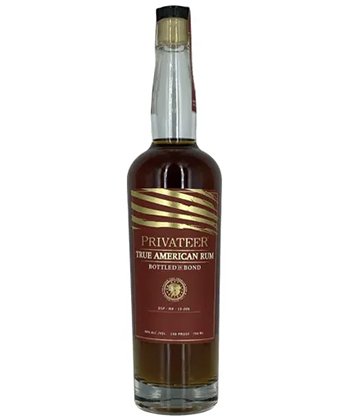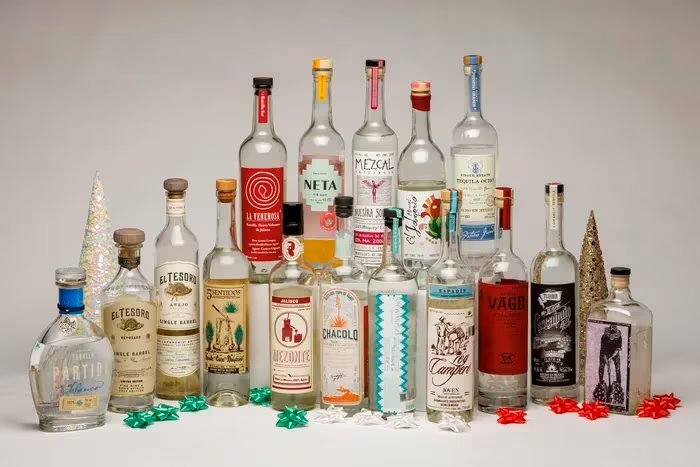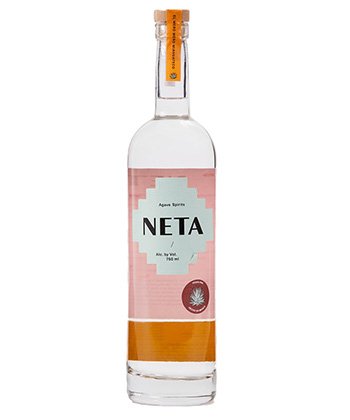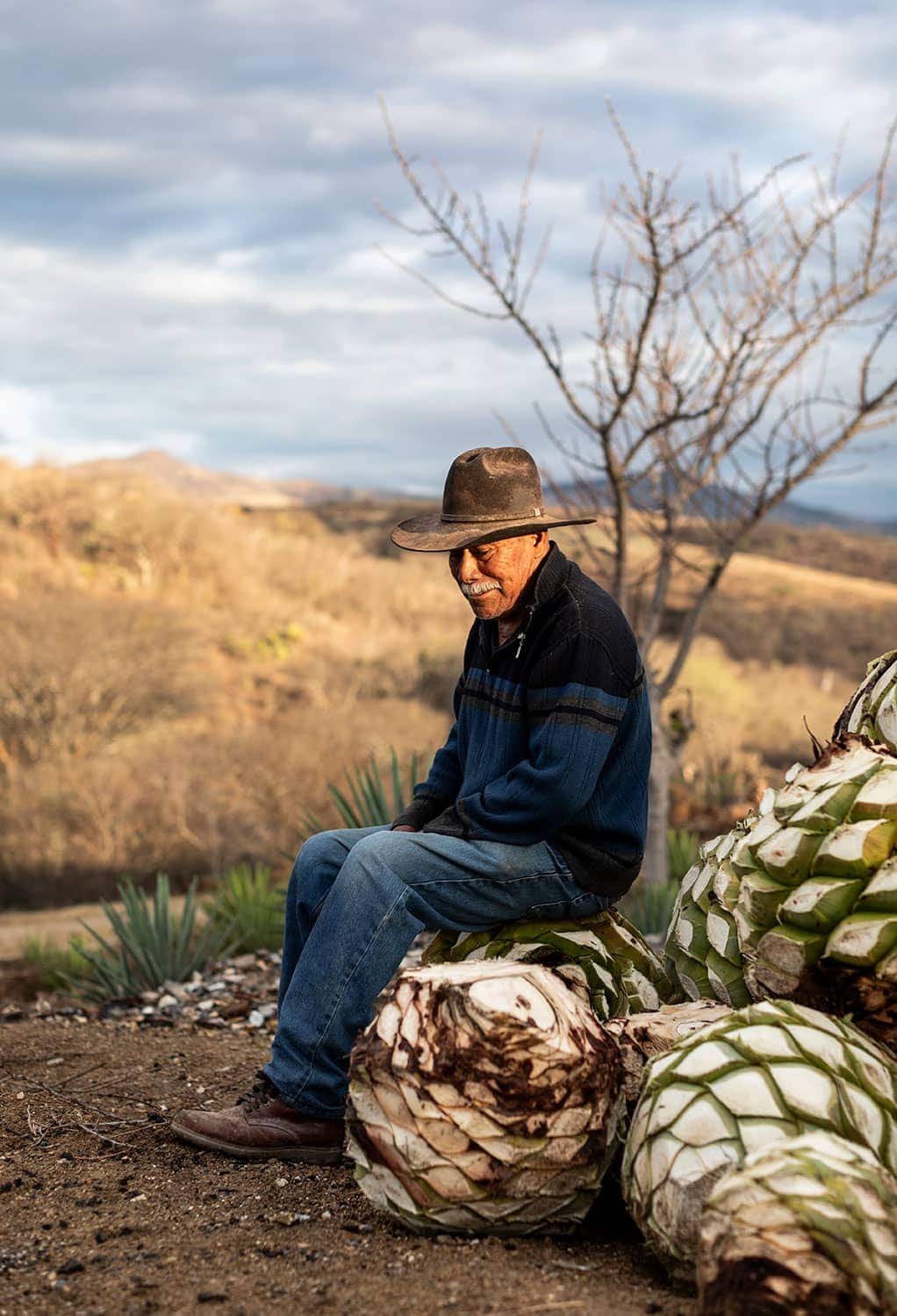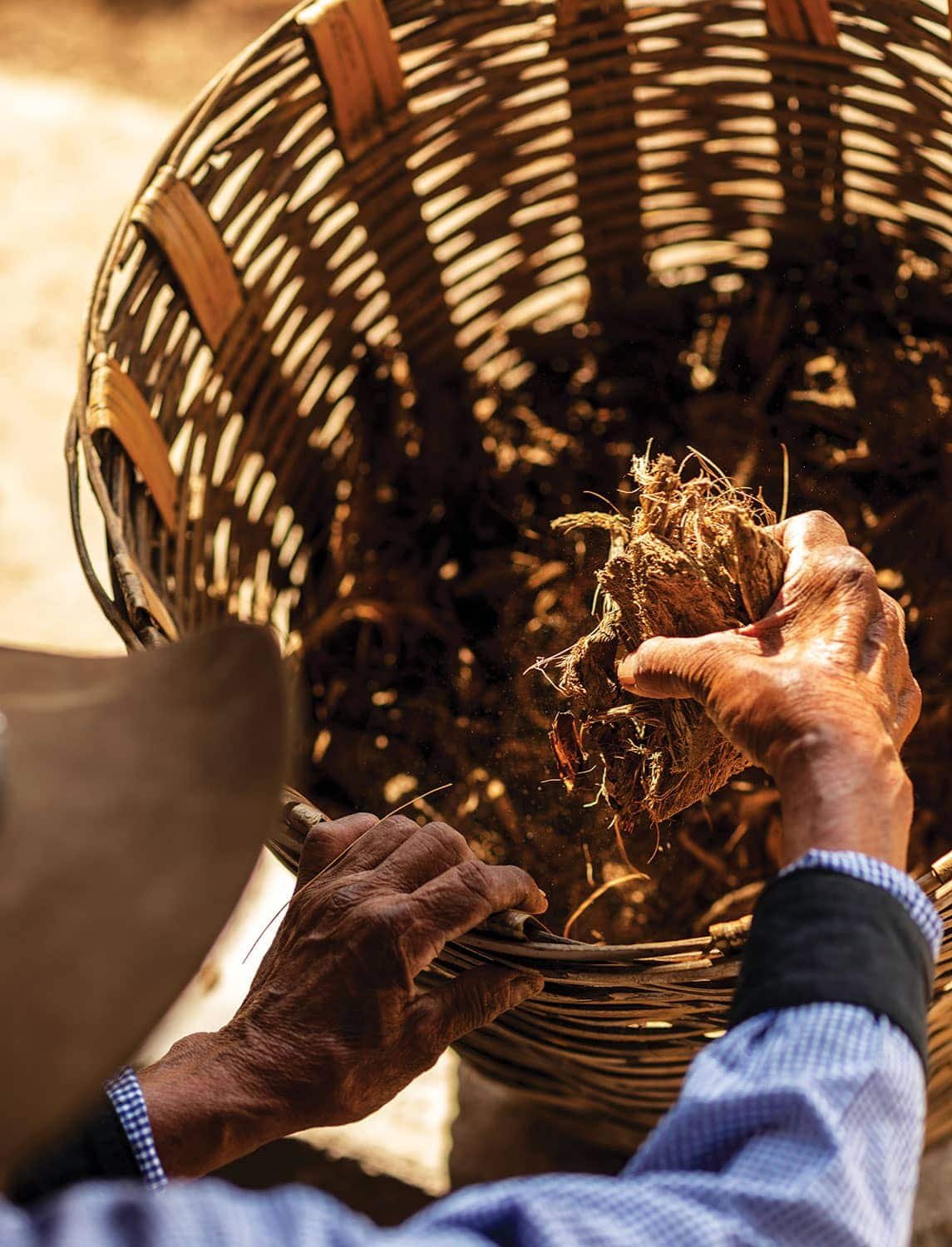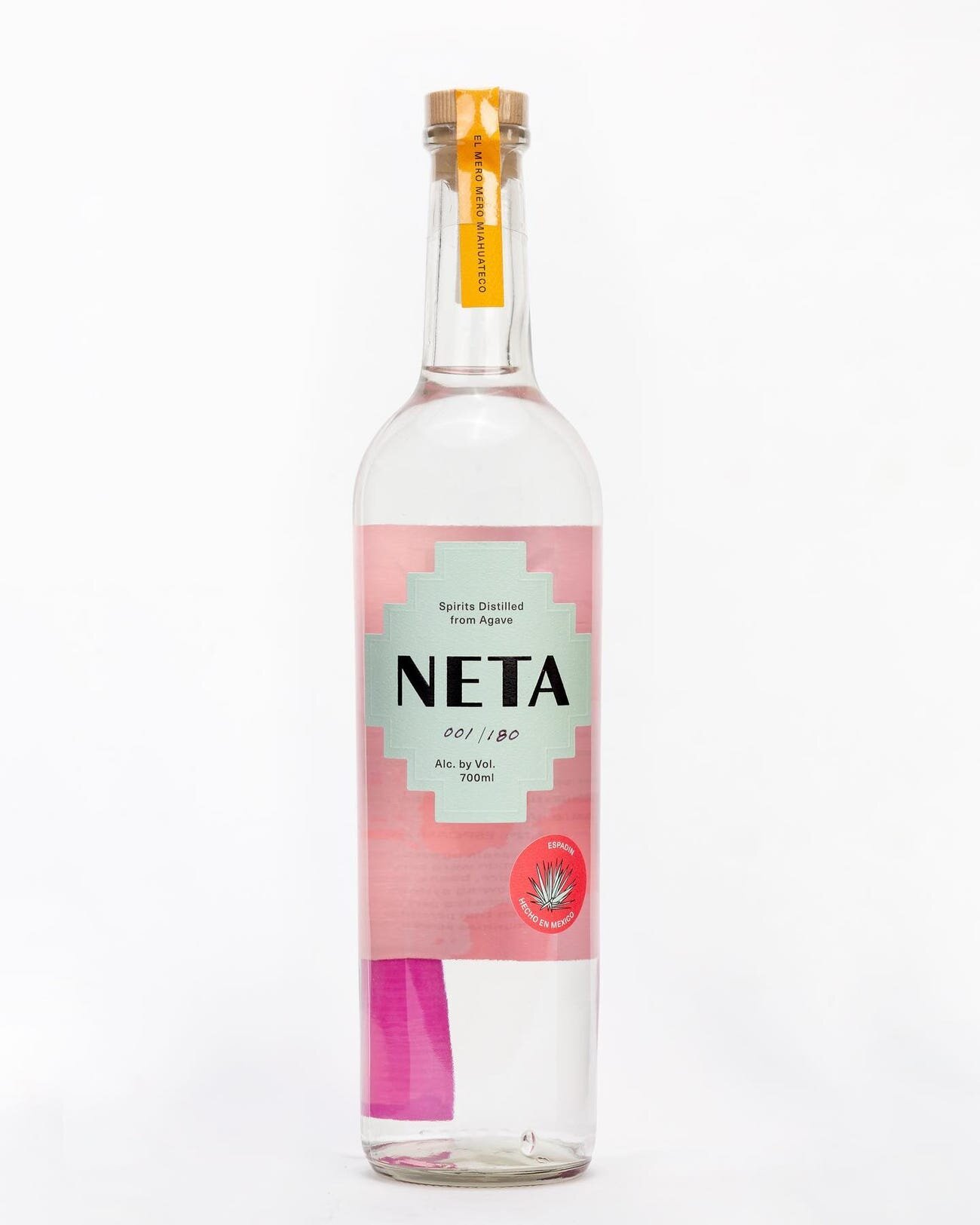This year, we polled more than 25 bartenders across the country for their favorite high-end spirits to use in cocktails. While several of last year’s top-shelf picks are still highly favored, some exciting newcomers have emerged, along with a few trends: spirits that blur the line between categories (like Scotch aged in ex-rum barrels) seem to be on the rise, in addition to well-made flavored spirits (like a mezcal distilled with mango).
After sifting through the responses, we compiled the most popular choices in each category, plus some standout, impassioned recommendations. Here’s what surveyed bartenders had to say.
White Rum / Cane Spirit
Most popular: Clairins from The Spirit of Haiti
Recent years have seen a great white rum expansion, in which interesting, boldly flavored options have become more variable and more available stateside than ever before. Clairins from The Spirit of Haiti were most commonly mentioned here, particularly the Vaval, a floral and herbaceous bottling, and the Le Rocher, which Adler says is “similar to agricole-style rums, but with an increased funkiness and grassiness. The distillery also uses a percentage of dunder, the residual backwash in each batch, which makes it heavier on the palate with a light smokiness.” Also, these bottlings are still fairly affordable. “Like a lot of rums, some might not call these ‘top-shelf,’” notes David E. Yee, bar manager at Cobra in Columbus, Ohio, but that’s “because they’re radically underpriced.”
Aged Rum
Most popular: Hampden Estate
Tulloch sums it up: “Hampden Estate is high-octane, intense and makes a damn good Daiquiri.” While many surveyed bartenders recommend serving this spirit neat to fully appreciate it, Hampden Estate also shines in cocktails where it plays the starring role, like a rum Old-Fashioned. “I love a good high-ester Jamaican rum and this one ranks high on my list,” says Flowers. “Give me overripe banana, tropical fruit, terroir goodness!”
Overproof Rum
Most popular: Rivers Royale Grenadian Rum
Dennison and Flowers recommend this rum, especially in Daiquiris. “Rum, lime and sugar may sound simple, but with Rivers Royale Grenadian Rum, it is complex,” says Flowers. “It has the grassy, briny flavor of sugarcane juice rum that I love, but it also has herbaceous, tropical fruit notes that play exceptionally well in cocktails.”
https://punchdrink.com/articles/best-top-shelf-high-end-liquor-spirits-2025/













